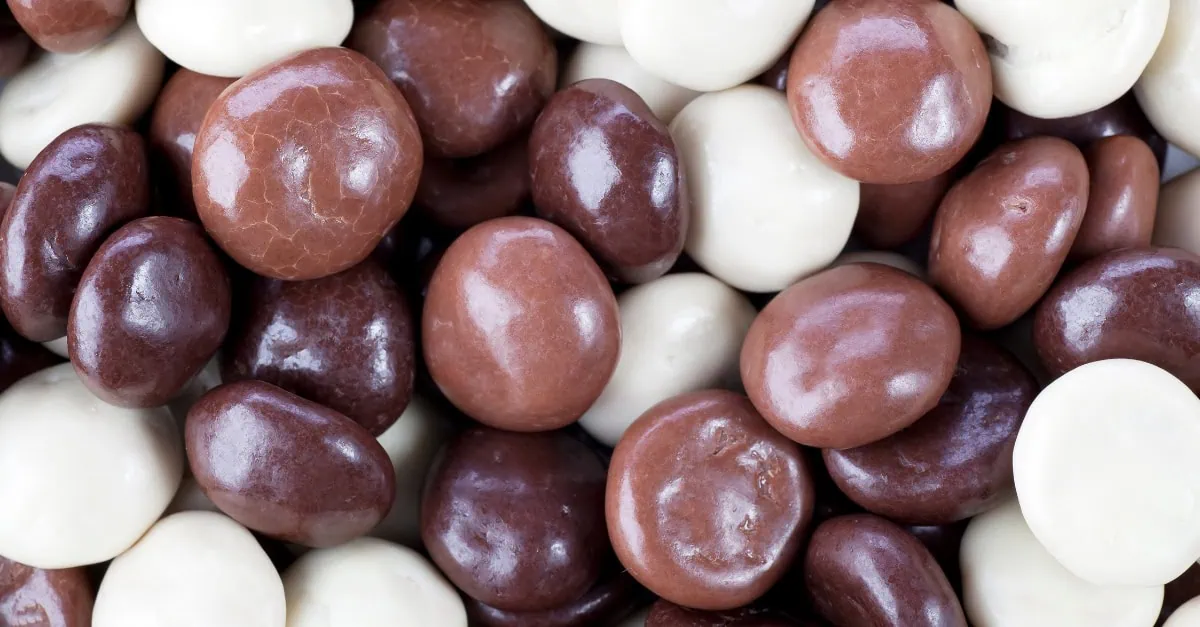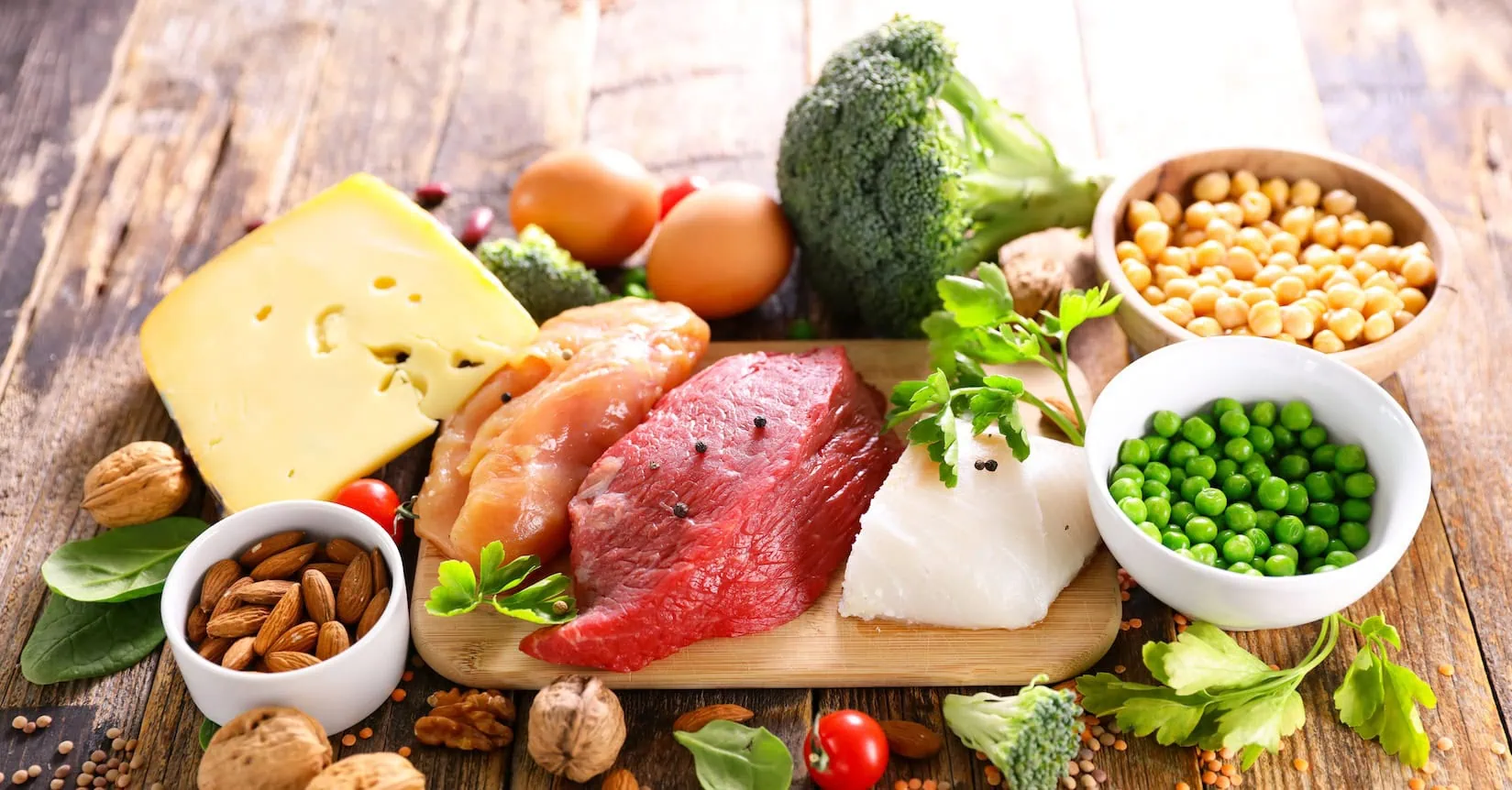In the global agriculture market, the US dairy market stands out as a global powerhouse, both in terms of production and consumption. This article delves into the “Top 7 Insights into US Dairy Market Trends: Prices, Production, and Forecast for 2024”, highlighting some forces shaping this vital industry. From fluctuations in milk prices to the challenges of international trade, the insights provided are grounded in the latest data and expert analyses.
1. Overview of the US dairy market’s significance
The US dairy market wields considerable influence on a global scale, both as a producer and a consumer. With its vast agricultural resources and advanced dairy farming practices, the US plays a pivotal role in shaping international dairy trade dynamics.
In terms of production, the US stands as one of the largest dairy producers worldwide. According to the latest data from Vesper, the US produced 102,761,268 MT in 2023, making it the leading milk producer globally, see Figure 1.
Figure 1: YTD Milk Production for the US in MT
This abundant milk supply forms the foundation for a diverse range of dairy products, including cheese, butter, yogurt, and milk powder.
The demand for US dairy products extends beyond its borders, with many countries relying on imports to meet their domestic needs. Although the US continued to be a major participant in global dairy trade, it faced competition from New Zealand’s low-priced dairy products, particularly in the Skimmed Milk Powder (SMP) category, see Figure 2.
Figure 2: Vesper’s Price Comparison for SMP (Food) between EU, Oceania, and US in EUR/mt
However, exports of dairy products to Mexico, the largest export destination for US dairy, continued to show strength, with notable increases in product categories such as cheese and skimmed milk powder.
According to Vesper’s latest data, the US boosted its cheese exports to Mexico by 20.23% in 2023 compared to the previous year. Additionally, cheddar exports saw a 6.79% increase, and there was a 15.49% rise in Skimmed Milk Powder (SMP) exports compared to the previous year, see Figure 3.
Figure 3: SMP exports from the US to Mexico YTD YOY 2023
3. Butter and NFDM: Price fluctuations and demand insights
Throughout 2023, prices oscillated within the $1.10 to $1.20 per pound range However US butter prices have undergone notable fluctuations, reaching high levels since Around November 2023. Interestingly, from then onwards, we see that the price difference between major producing regions (Europe, Oceania, and the US) has shrunk, see Figure 7.
A similar US dairy market trend is observed in the powders market, where SMP and WMP prices have been converging over the past two weeks, see Figure 8.
We anticipate that the subdued global demand will push prices downward in the short term. Europe, known as the most expensive region for milk powders, has already experienced a decrease in prices over the past months due to additional offers and consistently sluggish demand. Concurrently, the ‘cheaper’ US and NZ have absorbed some of the demand at prices that Europe could not match, narrowing pricing differences and reigniting competition. This has resulted in prices from various regions converging towards each other.
The outlook for butter is generally stable globally, with a slight bearish undertone in Europe and the United States due to lower demand. Buyer hesitancy may persist as long as prices decline, keeping the market slow and under pressure.
4. Organic vs. Conventional Milk: A comparative price analysis
The price difference between organic and regular milk in the US can be quite significant. For instance, as of 2022, the average cost of a conventional gallon of whole milk was reported to be $4.44, while a half-gallon of organic whole milk was priced at $4.76, making organic milk more than twice as expensive as conventional on a per-gallon basis. This trend continues into 2023, where a gallon of conventional whole milk was priced at an average of $4.38, and a half-gallon of organic whole milk was $4.81, further illustrating the higher cost of organic milk.
The reason for the higher price of organic milk is multifaceted. Organic dairy farming practices, which include not treating cows with antibiotics or growth hormones and requiring a significant portion of the cows’ feed to come from pasture, contribute to higher production costs. Moreover, organic certification is costly and requires meticulous record-keeping. Organic grain prices also tend to be higher and more volatile, and factors like bad weather and drought can significantly affect costs. Additionally, inputs like fuel have a considerable impact on the industry, which already operates on slim profit margins.
Despite the higher cost, many consumers opt for organic milk due to perceptions of health benefits, better taste, and more sustainable and humane farming practices. Organic milk is often cited for having more polyunsaturated fatty acids and slightly higher amounts of beneficial nutrients compared to regular milk, although these differences can be marginal. However, it’s also important to note that both organic and regular milk must adhere to strict safety standards, including being free from antibiotic residues.
Ultimately, the choice between organic and regular milk will depend on individual priorities, including dietary preferences, budget constraints, and values related to environmental sustainability and animal welfare.
5. Protein Product Trends: The rising demand for WPC and MPC
The demand for protein products, particularly Whey Protein Concentrate (WPC) and microparticulated Whey Protein (MWP), is witnessing a significant surge, driven by evolving consumer preferences towards healthier lifestyles and sustainable food choices.
The whey protein concentrate market itself is estimated to reach $6.7 billion by 2033 from $3.9 billion in 2023, growing at a CAGR of 5.5%, according to future market insights. This growth is propelled by the increasing consumption of nutritional products related to sports and its use as a cost-effective alternative for formulating caramels with superior quality. The functional, biological, and nutritional properties of WPC make it an excellent ingredient in a variety of food and medicinal applications.
North America remains a significant market for WPC, driven by consumer awareness and the presence of major suppliers. The region’s market is bolstered by the increasing concerns over daily protein intake and the prevalence of lifestyle-related diseases, leading to a surge in WPC incorporation in infant food and the rapid expansion of the food processing industry. The growing demand can be observed within by growing import numbers from the US over the past two years, see Figure
Figure 9: Import of US WPC – YOY YTD
The same goes for the MPC market, which is also projected to expand notably, with an estimated valuation of $165.0 million in 2023, expected to reach $376.7 million by 2033, growing at a CAGR of 8.2%. This growth is attributed to the rising interest in sustainable and ethically produced food products, especially in North America and Europe.
6. Production Volumes and Growth Areas: Identifying leading states and their contributions
During spring and autumn in the Northern Hemisphere, most regions experience slightly warmer temperatures, with a subsequent decrease in temperature during the summer. This resulted in favourable conditions for milk production in slightly cooler areas, while warmer regions like Southern Europe and California experience excessive heat, adversely affecting cows and leading to a significant decline in milk output.
In the United States, the impact of heat stress on milk production is evident when comparing the West and Midwest regions. In 2023, In the West, milk production has decreased by 1.46%, whereas in the Midwest, there has been a 1.21% increase, reaching compared to one year prior, see Figure 10.
Figure 10: Monthly Milk Production of the US West and Midwest in MT
Rising temperatures pose a significant challenge to dairy production, triggering heat stress in cows. This stress leads to decreased milk production and compromised animal welfare. Additionally, the need for increased cooling systems and water resources escalates operational costs. As temperatures continue to climb, proactive measures such as improved cooling technology and strategic herd management are crucial to mitigate these challenges and sustain dairy production.
2. The interconnected relationship between cheese prices, farm gate milk prices, and milk production in the US
The prices of cheese in the US dairy market are influenced by various factors including milk prices, supply and demand dynamics, production costs, and trade policies. Cheddar, Mozzarella, and specialty cheeses are among the key varieties traded in the US dairy market.
Historically, cheese prices have shown some volatility due to fluctuations in milk prices, which is a key input in cheese production. As you can see in the figure below, the beginning of 2023 continued the strong momentum from the end of 2022. The initial months showcased substantial year-over-year growth, closely rivalling the strength observed in the strong 2021 milk season, see Figure 4.
Figure 4: Monthly Milk Production from the US in MT
Despite this promising start, a subsequent decline in production became inevitable as milk prices plummeted in the early months of the year, see Figure 5.
Figure 5: US Milk Prices according to the USDA in USD/mt
As depicted in the Figure below, there is an interconnected relationship between cheese prices, farm gate milk prices, and milk production in the US.
Figure 6: 1 year prices of US Cheese Barrels, according to the NDPSR and CME
7. 2024 US Dairy Market Forecast: Predictions for prices, demand, and production shifts
The latest update from Vesper’s production forecast indicates a downward revision in the anticipated milk production for 2024, now projected at 8,515,982 metric tonnes, see Figure 11.
Figure 11: Monthly milk production volumes for the US in MT
This adjustment is attributed to various factors including herd size, feed costs, and prevailing weather conditions, all of which play significant roles in determining production levels.
In terms of demand and consumption, domestic interest in dairy products is expected to hold steady, buoyed by consumer preferences and population expansion. However, the export landscape might encounter hurdles due to the unpredictable nature of global economic conditions, evolving trade policies, and fluctuations in currency values.
The dynamics of production are also poised for change, with ongoing technological advancements and a growing emphasis on sustainable practices reshaping the dairy industry. Furthermore, the emergence of alternative dairy products, notably plant-based options, could exert further influence on conventional consumption patterns.
On the geopolitical front, international dairy trade is susceptible to the nuances of trade agreements, sanctions, and the stability of political landscapes. Additionally, the specter of climate change and the implementation of environmental regulations are anticipated to impact production methodologies, further shaping the future trajectory of the dairy sector.



